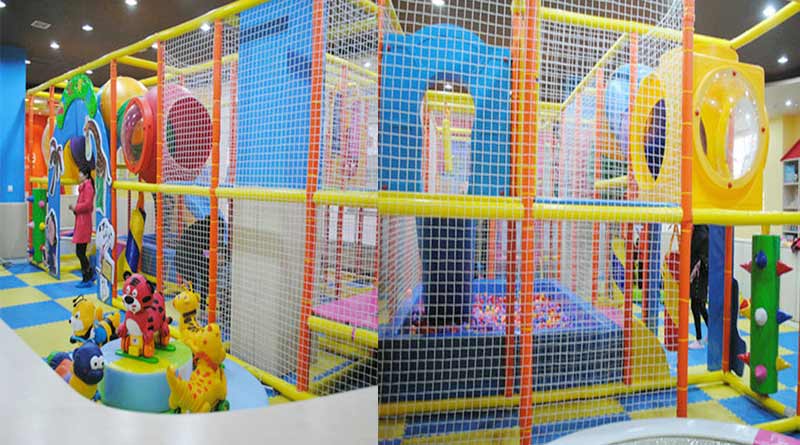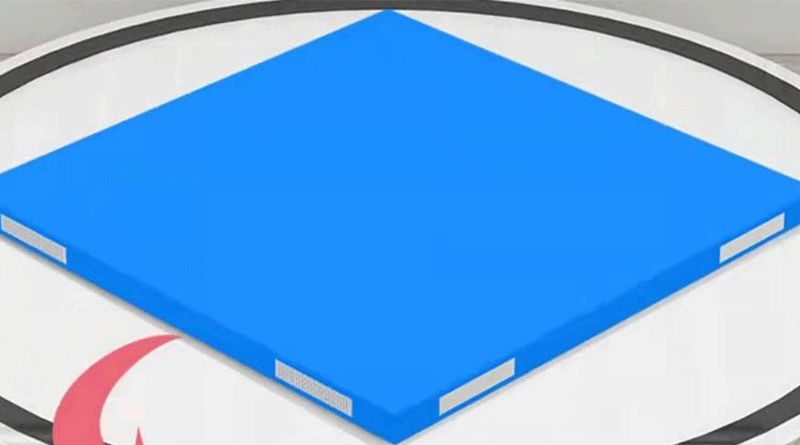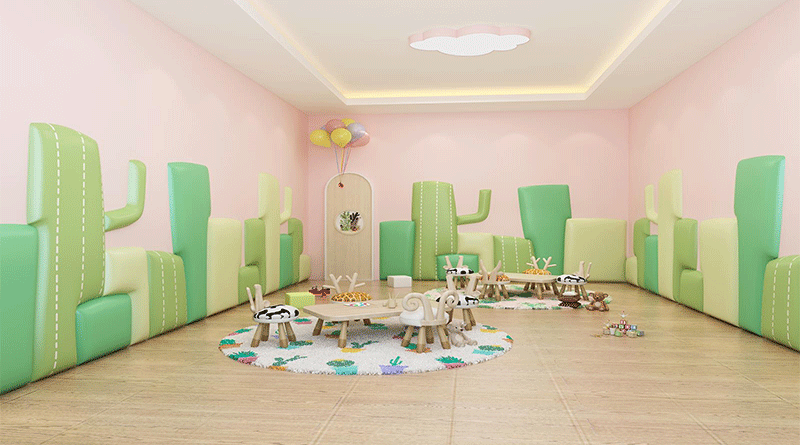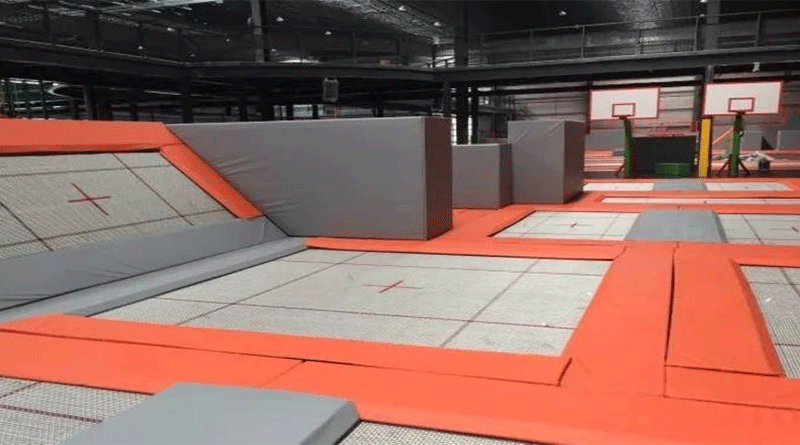The Ultimate Guide to Your Indoor Playground Business Plan
 Apr 29,2025
Apr 29,2025Indoor playgrounds have become a cornerstone of family entertainment, offering a safe and engaging environment for children to play, learn, and socialize. Whether you’re a budding entrepreneur or an established business owner, crafting a comprehensive business plan is essential to succeed in this competitive industry. This guide explores the fundamentals of indoor playgrounds, the importance of strategic planning, key industry statistics, and actionable insights for leveraging market research and creative themes.
What Is an Indoor Playground?
An indoor playground is a purpose-built, climate-controlled space designed to provide safe, engaging, and interactive entertainment for children and families. Modern indoor playgrounds incorporate educational activities, sensory play areas and themed environments to enhance children’s developmental skills and imaginative exploration.
Why Do You Need an Indoor Playground Business Plan?
A business plan is not just a formality—it’s a roadmap to profitability and sustainability. Here’s why it matters:
1. Clarify Your Vision: Define your mission, target audience, and unique value proposition.
2. Secure Funding: Investors and lenders require a detailed plan to assess viability.
3. Mitigate Risks: Anticipate challenges like seasonal demand fluctuations or high operational costs.
4. Optimize Resources: Allocate budgets for equipment, staffing, marketing, and maintenance.
5. Adapt to Trends: Stay ahead with data-driven strategies for pricing, promotions, and expansions.
Indoor Playground Industry Statistics
Understanding the market landscape is critical. Here are key statistics to inform your strategy:
1. Market Growth: The global indoor playground market is projected to grow at a CAGR of 10.2% from 2023 to 2030, driven by urbanization and parental demand for safe, year-round entertainment (Grand View Research).
2. Consumer Spending: Families with children under 12 spend an average of 500–1,000 annually on recreational activ.
3. Demographics: 72% of indoor playground users are families with children aged 2–8 (MarketResearch.com).
4. Parent Priorities: 89% of parents prioritize cleanliness and safety when choosing a play facility (NPD Group).
How to Use Market Research in Your Business Plan
Market research transforms assumptions into actionable insights. Incorporate these steps:
1. Identify Target Customers
Demographics: Analyze local population density, income levels, and family sizes.
Psychographics: Understand parental preferences (e.g., educational vs. recreational focus).
Competitor Gaps: Survey parents to uncover unmet needs (e.g., lack of toddler zones or healthy food options).
2. Analyze Competitors
Visit rival facilities to assess pricing, themes, and customer experiences. Use SWOT analysis to identify your competitive edge (e.g., unique themes or superior safety protocols).
3. Choose the Right Location
High-traffic areas near shopping centers, schools, or residential neighborhoods maximize visibility. Ensure compliance with zoning laws and accessibility standards.
4. Set Pricing Strategies
Offer tiered memberships, party packages, or hourly passes based on local spending habits. Include add-ons like café vouchers or themed merchandise.
Purchase indoor playground equipment
What types of amusement facilities are there in indoor amusement parks? According to their functions, amusement facilities in indoor amusement parks are usually divided into:
1. Naughty Castle: It integrates slides, ocean ball pools, climbing nets and other facilities. It is a comprehensive indoor play space designed for children, allowing children to play and exercise in a safe and interesting environment.
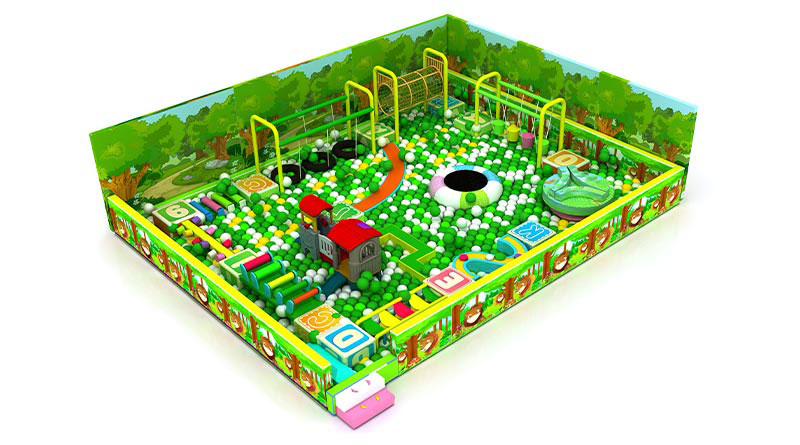
2. Trampoline Park: A large indoor venue that integrates multiple sports facilities such as trampolines, sponge pools, rock climbing walls, and high-altitude slides. It integrates fitness, entertainment, and social functions. It is a fun space that enhances physical fitness through professional protection design and coaching guidance.
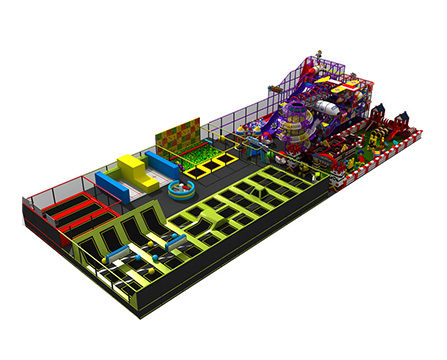
3. Large slides: Multi-layer spiral, straight or wavy slides made of engineering plastics or metal materials. With anti-slip surfaces, safety guardrails and buffer zones, they provide a high-speed gliding thrill for children over 3 years old and teenagers, and can also help them train their sense of balance and courage.
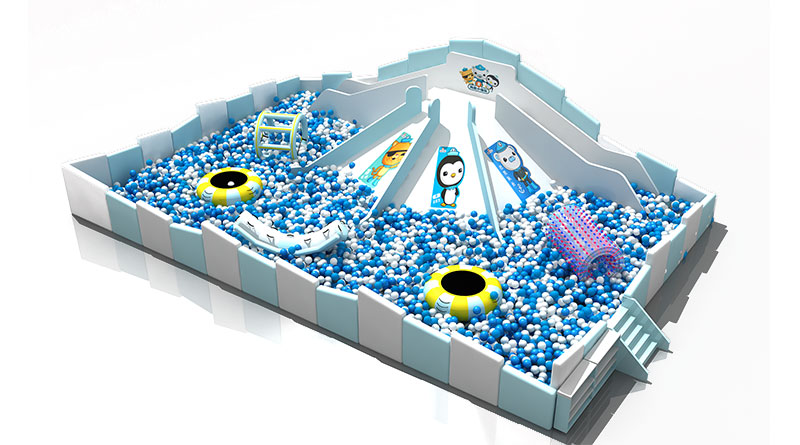
4. Rainbow Net: A three-dimensional climbing amusement facility woven from high-strength colored nylon ropes. Through a multi-dimensional mesh structure, anti-slip nodes and a fully wrapped protective net design, it provides fun activities such as climbing, crossing, and balancing for children aged 2-12, and has the function of exercising physical fitness and spatial perception.
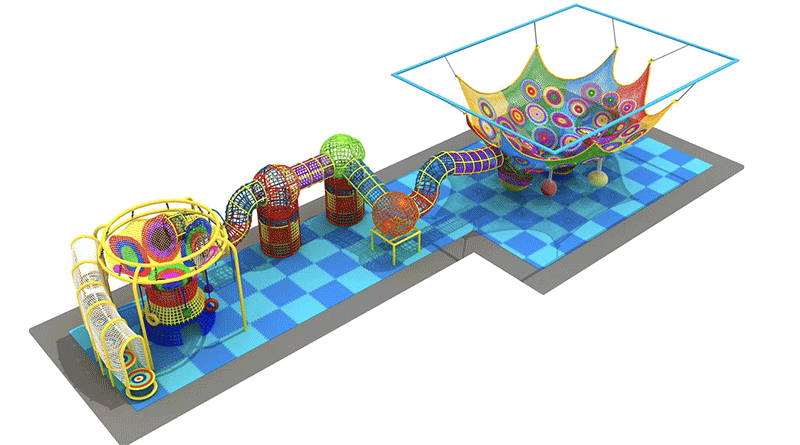
5. Climbing Wall: A vertical or inclined wall made of metal frames or wooden panels. Through the layout of rock points of different difficulty levels, professional safety harness system and anti-collision cushion design, it provides children over 6 years old and adults with a simulated rock climbing challenge experience, and has the function of exercising physical fitness, coordination ability and logical thinking.
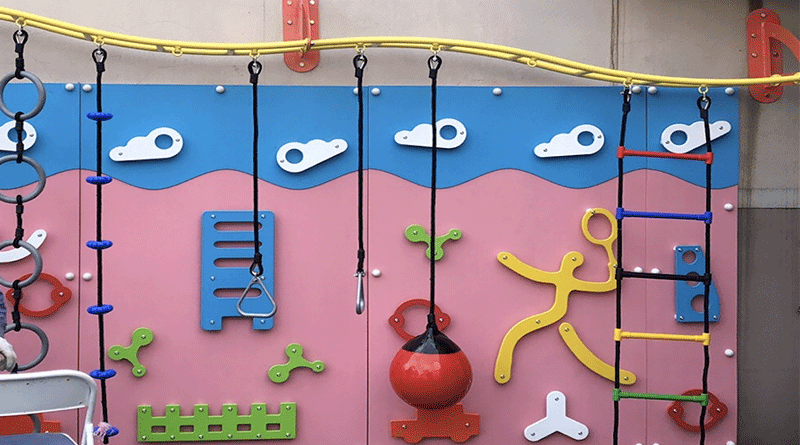
How to ensure the safety of indoor playgrounds?
1. Equipment and facility safety
Regular inspection and maintenance: Before daily business opening, check the stability, tightness of screws, and wear of protective pads of equipment (such as slides, climbing frames, and trampolines). Perform professional maintenance every month to ensure that the equipment meets national safety standards (such as ASTM/EN standards).
Safety protection design: The edges of the equipment are made of soft-packed materials to avoid sharp edges and corners. The floor is laid with cushioning materials (such as EPDM floor mats), and the thickness must meet the drop height requirements. Different age areas are divided to prevent older children from playing with high-risk equipment together with younger children.
2. Staff training and management
First aid and emergency response capabilities: All staff must hold first aid certificates (such as CPR and AED use) and receive regular refresher training. Simulate emergency scenarios such as fire, earthquake, and child injury to ensure rapid response.
On-site supervision: Assign dedicated personnel to patrol the area and stop dangerous behaviors (such as pushing and climbing in reverse) in a timely manner. Control the number of people entering to avoid overcrowding.
3. Safety rules and warnings
Clearly mark: Mark the age/height limit, instructions for use and prohibited behaviors next to the equipment. Set up a "parent-accompanied" area and require adults to supervise young children throughout the process.
Entrance instructions: Children are required to wear non-slip socks and are prohibited from wearing jewelry or carrying sharp objects. Safety precautions are reminded through broadcasts and screen scrolling.
4. Emergency Plan
Evacuation Passages and Equipment: The safety exits are clearly marked and the passages are free of debris; emergency lighting and fire extinguishers are equipped. Prepare emergency plans for fire, power outages, lost children, etc., and establish a linkage mechanism with local fire departments/hospitals.
Accident Records and Improvements: Record every accident (such as scratches, collisions), analyze the causes and optimize management.
Conclusion
After going through this comprehensive guide, you'll have a clear understanding of how to craft an indoor playground business plan. The process involves selecting a location, defining the target customer base, creating a budget plan, designing the facility layout, procuring and installing equipment, recruiting staff, and implementing promotional strategies for the indoor playground.An indoor playground business plan must balance creativity with data-driven decisions. By understanding industry trends, leveraging market research, and designing unique themes, you can build a profitable and sustainable venture.


